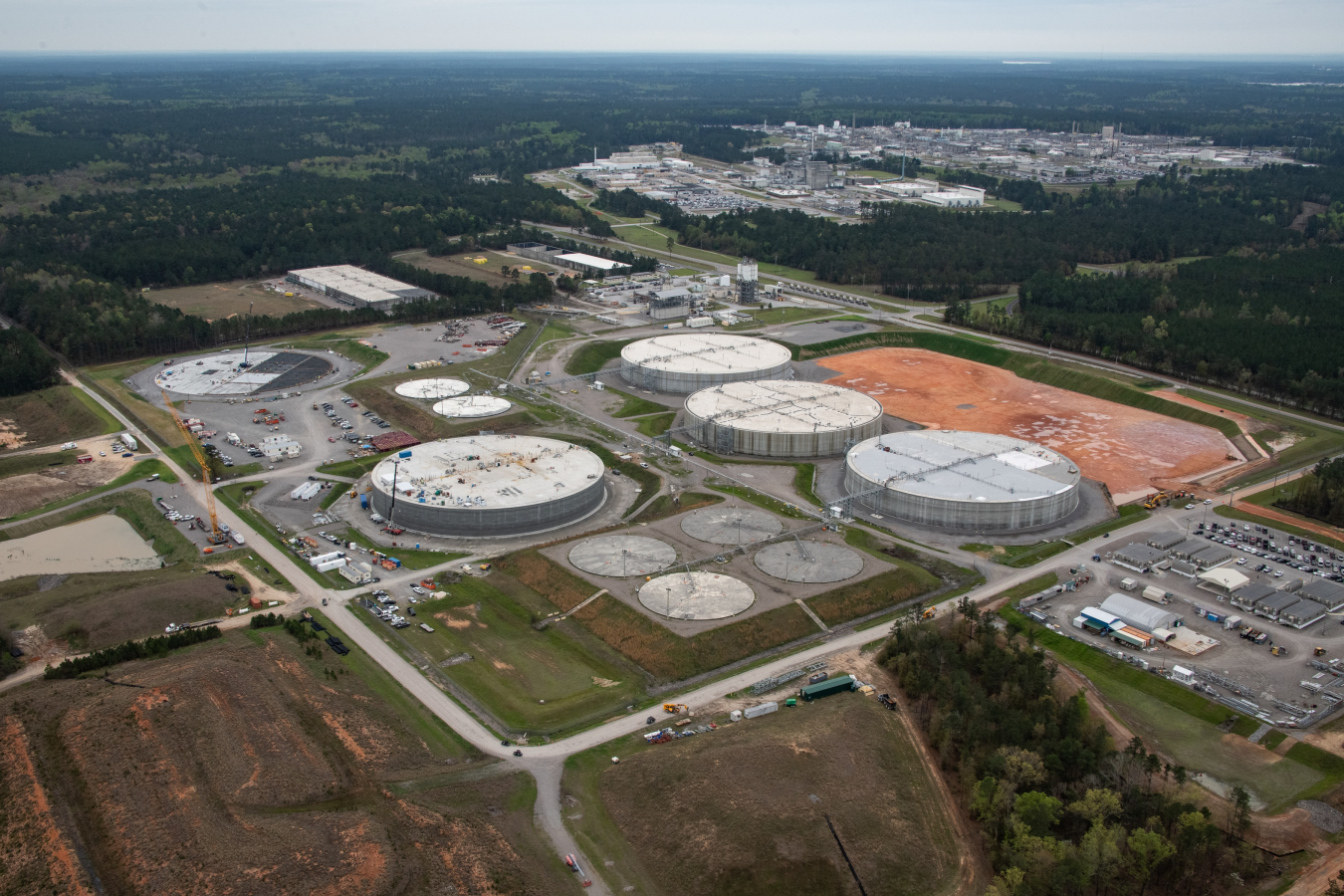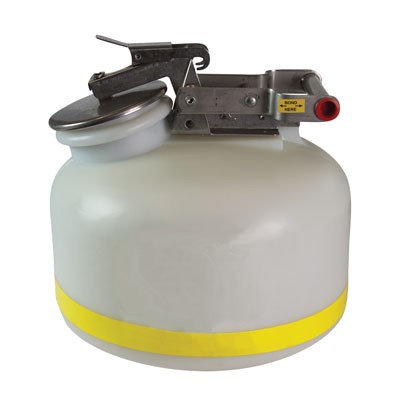Comprehensive Liquid Waste Disposal: Solutions for Homes and Businesses
Comprehensive Liquid Waste Disposal: Solutions for Homes and Businesses
Blog Article
Exactly How Fluid Waste Disposal Works: An In-depth Overview of Techniques and Technologies Used

Summary of Liquid Waste Types
The complexity of fluid waste types requires a thorough understanding of their qualities and ramifications for disposal. Fluid waste can generally be classified right into several types, consisting of industrial, local, farming, and harmful waste. Each group displays distinct residential properties, calling for certain administration methods to reduce environmental and health and wellness risks.
Industrial liquid waste originates from making procedures and commonly includes a variety of impurities, such as hefty metals, solvents, and organic compounds. Community fluid waste, primarily making up wastewater from families and industrial facilities, contains natural issue, nutrients, and microorganisms (industrial wastewater treatment). Agricultural liquid waste, including drainage from ranches, might consist of plant foods, chemicals, and pet waste, posing threats to water high quality and communities
Dangerous fluid waste is defined by its poisoning, sensitivity, or potential to cause injury. Recognizing these varied fluid waste kinds is important for developing efficient disposal methods and making certain conformity with ecological regulations.
Physical Treatment Approaches

Screening is the preliminary step, where bigger bits and particles are removed from the fluid waste making use of screens or grates. In sedimentation storage tanks, larger bits settle at the bottom, forming a sludge layer, while the clarified liquid can be additional treated.
Purification is another necessary method that includes passing the fluid through permeable products, such as sand or membrane layers, to catch smaller sized bits. This step enhances the top quality of the fluid, making it suitable for succeeding therapy procedures.

Chemical Therapy Strategies
Chemical therapy techniques are vital for successfully handling liquid waste, particularly in dealing with liquified and colloidal impurities that physical techniques may not properly eliminate. These methods use numerous chemical representatives to counteract, speed up, or change dangerous compounds right into less harmful forms.
One typical method is coagulation and flocculation, where chemicals such as alum or ferric chloride are included to advertise the gathering of put on hold particles. This procedure improves sedimentation, permitting much easier removal of the resulting sludge. Additionally, oxidation procedures, using representatives like chlorine or ozone, are used to damage down intricate natural compounds look at more info and virus, providing the waste more secure for discharge or additional therapy.
Neutralization is an additional vital strategy, which readjusts the pH of acidic or alkaline waste streams to neutral levels, protecting against possible harm to downstream systems and the atmosphere. Moreover, progressed oxidation procedures (AOPs) make use of mixes of oxidants and ultraviolet light to deteriorate relentless contaminants, attaining a higher level of treatment effectiveness.
Biological Therapy Procedures
Organic treatment processes play a crucial role in the management of liquid waste by utilizing microbes to decompose raw material and minimize impurity degrees. These procedures can be extensively categorized right into aerobic and anaerobic treatments, each using specific microbial neighborhoods to attain effective waste deterioration.
Cardio therapy involves the use of oxygen to assist in the malfunction of natural materials by germs. This procedure is commonly executed in turned on sludge systems, where aeration containers give a helpful setting for microbial growth, bring about the oxidation of organic pollutants. The resultant biomass can be separated from treated effluent with sedimentation.
On the other hand, anaerobic therapy takes place in the absence of oxygen, counting on various germs to damage down natural matter. This approach is specifically beneficial for high-strength waste, official site as it creates biogas, a renewable power source, while reducing sludge manufacturing. Technologies such as anaerobic digesters are frequently employed in metropolitan and commercial applications.
Both anaerobic and cardio organic therapies not just decrease the ecological impact of fluid waste yet likewise assist in resource healing, making them important parts of lasting waste administration techniques. Their efficiency, effectiveness, and flexibility sustain their widespread application throughout numerous fields.
Arising Technologies in Disposal
Ingenious approaches to liquid garbage disposal are quickly progressing, driven by developments in innovation and an enhancing emphasis on sustainability. Amongst these arising modern technologies, membrane bioreactors (MBRs) have obtained traction for their capability to incorporate biological treatment with membrane layer filtering, causing top quality effluent that can be reused in various applications. MBRs allow smaller footprints and much more effective operations compared to traditional systems.
Another promising growth is making use of anaerobic digestion combined with check my reference nutrient healing technologies, which not only deals with fluid waste but also creates biogas and recovers important nutrients like nitrogen and phosphorus. This twin advantage boosts resource performance and decreases environmental impact.
In addition, progressed oxidation procedures (AOPs) are being taken on for the destruction of intricate organic pollutants. These methods utilize powerful oxidants and stimulants to damage down impurities at the molecular degree, supplying a very reliable service for difficult waste streams.
In addition, the combination of synthetic knowledge and equipment understanding in waste management systems is maximizing functional performance and predictive upkeep, resulting in decreased prices and boosted environmental conformity. These technologies show a considerable shift in the direction of more lasting and effective fluid garbage disposal techniques.
Verdict
In verdict, effective liquid waste disposal necessitates a detailed understanding of different strategies and technologies. The combination of physical, chemical, and biological treatment techniques ensures the efficient management of diverse waste kinds. Additionally, the development of cutting-edge modern technologies improves therapy efficacy and advertises sustainability in waste administration practices. By continuously advancing these methods, it ends up being feasible to attend to the expanding challenges associated with liquid waste, inevitably adding to environmental security and source healing.
Liquid waste disposal is a critical facet of environmental management, needing a thorough understanding of different strategies and modern technologies customized to different waste kinds. Fluid waste can broadly be classified into numerous kinds, including commercial, community, agricultural, and unsafe waste. Agricultural liquid waste, including runoff from farms, might contain fertilizers, pesticides, and animal waste, posing dangers to water top quality and ecological communities.
Various physical therapy approaches play a crucial duty in managing fluid waste properly - industrial wastewater treatment.In conclusion, efficient fluid waste disposal requires a detailed understanding of various techniques and modern technologies
Report this page